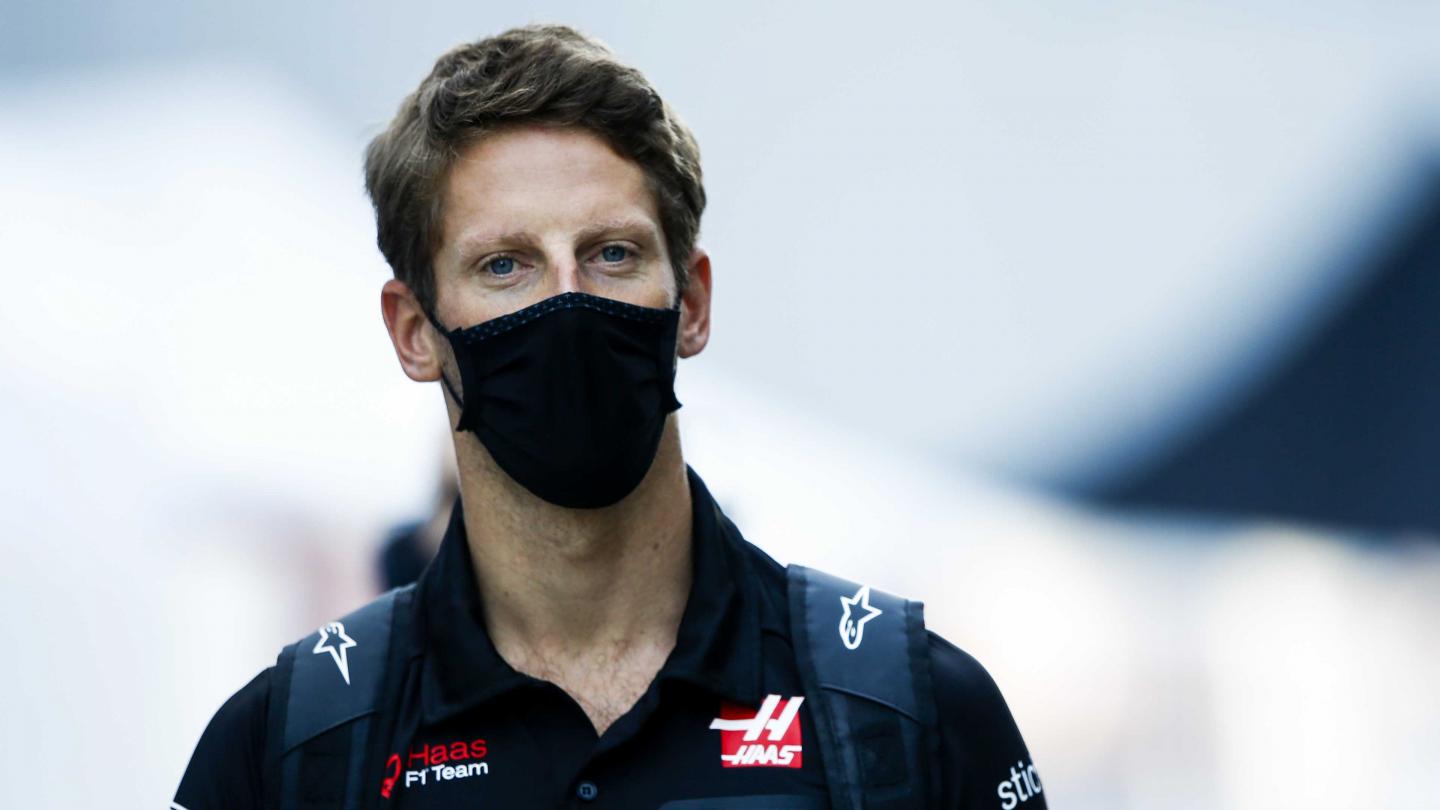Romain Grosjean Q&A: Portuguese Grand Prix
October 19, 2020
Romain previews this weekend's Portuguese Grand Prix, as Formula 1 heads to Portimao for the first time!
The Eifel Grand Prix, courtesy of the weather, was effectively a two-day race weekend. Did you enjoy the challenge of the shortened program and how does it impact your preparation for both qualifying and the race?
“Yes, I thought it was actually quite fun – it was good preparation for Imola. In life, a mix of things is good, and I think those two-day weekends are quite exciting. But the three-day weekends are also quite good, so I think a mix of both could be a nice way forward in the future. Obviously, you get less information, mainly going into the race because you haven’t really had the chance to try all the tires – so you need to get creative going into the race. In qualifying, if you manage to get out of Q1 then you usually manage to find some good pace in Q2 because you just have a bit more running going on.”
You took time to state on the radio in practice how enjoyable it was to drive the Nürburgring. You’re a fan of many of the old-school circuits so where else would you love to drive a modern Formula 1 car?
“I’m really enthusiastic about those old circuits. It’s just the character of the circuits – the kerbs are different, the radius, the camber, the undulation. I think all those things together, it’s quite attractive in all the circuits I really like. Normally they’ve got a lot of elevation, a lot of camber, different types of kerbs. Magny Cours could be quite nice in Formula 1. It’s obviously very tricky to overtake, but it could be a very nice circuit. This year with our calendar, I think we’re racing at a lot of different circuits that are really good. I think we’re really covering most of the top circuits.”
You scored your first points of the season at the Nürburgring with a ninth-place finish at the checkered. What was the key to keeping the VF-20 in the top 10 and just how hard did you have to work to keep tire temperatures up after the safety car period?
“We decided to go for a different strategy from most of the field. The first stint was key for us – we kept the medium tires alive for 28 laps without losing too much pace. We did that very well. We pitted, changing from an initial two-stop plan, to basically a medium to hard tire race. Before the race we didn’t think we’d use the hard tires because they were far too hard for us. But actually, they worked really well, especially in free air at the beginning. Obviously, behind the safety car was always going to be a disadvantage, especially against the runners behind me on new tires, Hulkenberg and Gasly on softs and new softs. Because we could un-lap ourselves, I was just able to generate enough tire temperature – so it wasn’t too bad at the restart. I could keep the rest of the field behind me apart from the two soft runners.”
We welcome the return of the Portuguese Grand Prix this weekend at the Autodromo Internacional do Algarve. At a new circuit such as this one, what’s on the priority list in terms of what data needs to be analyzed together with your engineers to help fast-track your learning curve? Is it tires, is it aero-balance – combination of everything?
“On a new circuit, I guess, the most important thing first is to familiarize yourself with the layout. Obviously, you have to find the right baseline set-up, but the boys have been very good at that. Seeing what the simulation is saying in terms of speed in the corners and gear ratio – that gives you a first proper idea of how much speed you’re going to carry through into the corners and help you get up to speed as fast as possible.”